Just like us cats have their fair share of sniffles, tummy aches and injuries. It is unsurprising that cats become poorly and injure themselves when you consider the environment that most of them are exposed to. The majority of us let our cats go outside which introduces them to all manner of things that can cause illness or injury. Here you can match your cat's symptoms with a common illness and learn how to care for your cat when she is ill.
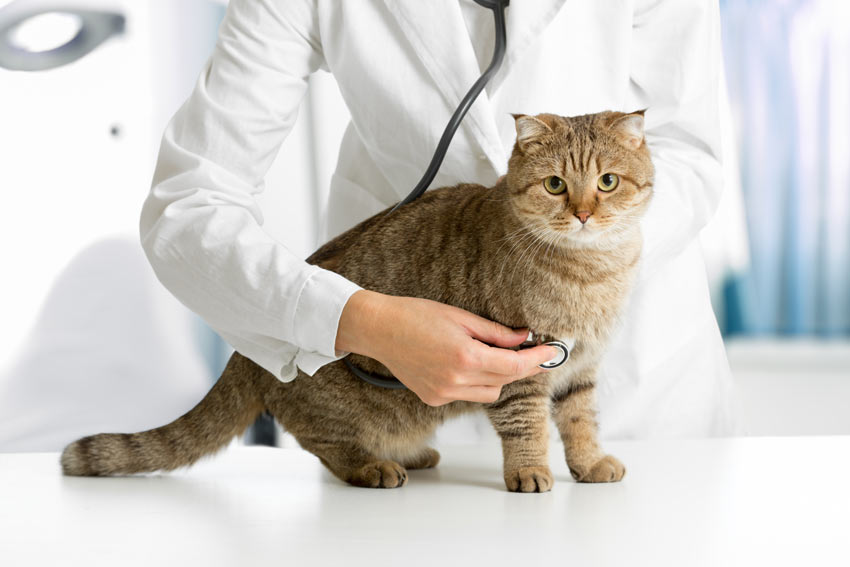
A lovely young cat having a routine check up at the vets
Vomiting and Diarrhoea
For cats that live outside, vomiting and diarrhea can be fairly common. Your cat is likely to be hunting and eating all sorts of things that may give her an upset stomach.
Vomiting or diarrhea isn’t usually anything to worry about and it’s fairly easy to manage. It’s recommended that you don’t feed your cat for 24 hours, however if she are asking for food you can feed her something bland that is soothing for the stomach such as boiled rice and chicken. You should have plenty of water on offer for your cat as well, but be careful not to give her too much as this can cause further vomiting.
If the vomiting or diarrhea is continuous for a prolonged period of time you should take your cat to the vets. Your vet might prescribe anti sickness tablets.
Feline Lower Urinary Tract Disease (FLUTD)
This is a term that refers to diseases or infections that cause problems with yours cats urinary tract (UT). Bacterial infections are the most common cause of UT diseases but bladder stones, anatomical defects, cancer, or a blockage in the urethra can also be causes. It can sometimes be difficult to identify symptoms of a FLUTD if your cat does her business out of sight.
Symptoms:
- Blood in the urine
- Painful or difficult urination-Your cat may be straining to urinate or yowl in pain
- Your cat is frequently urinating
- Urinating in unusual places such as not in her litter tray
- Overgrooming in their genital area due to soreness and irritation of the urethra
- Inability to urinate
If you notice any of the above symptoms you should take your cat to the vets. Depending on the cause of the urinary tract problem the treatment will vary from a course of antibiotics to an operation to remove bladder stones. Increasing water intake by feeding wet food instead of dry food and encouraging frequent urination can help to relieve symptoms of a urinary tract disease, however you should still take you cat to the vets.
Upper Respiratory Infections
Bacterial and viral infections in cat’s respiratory system are quite common. Cats with flat faces such as the Persian or the Himalayan Cat are prone to upper respiratory infection (URI). URI’s are common in cats living in high densities, such as cats in catteries, shelters or if there are lots of cats living under one roof. URI’s are more commonly caused by viruses, and can be spread through coughing, sneezing, or the sharing of water and food bowls. The two most common viruses that cats can be carriers of is Feline Calicivirus and Feline Herpesvirus which can cause 80-90% of all contagious upper respiratory problems.
Symptoms:
- Sneezing
- Coughing
- Runny nose/nasal discharge
- Congestion
- Fever
- Drooling
- Loss of appetite
- Depression
Viral infection can sometimes develop into bacterial infections which are more serious. It is important that if you notice any of the above symptoms you take your cat to the vets before the infection develops into something more serious. Treatment usually involves a course of antibiotics to clear the infection and sometimes your cat may need to be isolated to avoid passing the infection on to other cats.
Eye Problems
Eye problems are quite common in cats. The most common eye infections are Conjunctivitis, third eyelid protrusion, Keratitis, Cataracts, Glaucoma, bulging eye, retinal disease, and watery eyes.
Symptoms of a potential eye infection include;
- Redness
- Bulging/swelling
- Discharge
- Watering/streaming eyes
- Cloudiness
- Closed or partially closed eyes
If you notice any of these symptoms you should take your cat to the vet. Treatment can vary depending on the cause of the eye infection. It is most likely that you will be given some eye drops to administer, but some eye conditions can require surgery. Read our section on how to check your cat’s eyes here.
Kidney Disease
Unfortunately kidney disease is pretty common in cats, particularly older cats. This is due to the fact that cats urinate much less frequently than dogs or humans. Cat’s kidneys hold very highly concentrated urine, so their kidneys are constantly working quite hard. If not treated early, kidney disease can be fatal.
Symptoms of kidney failure or infection include:
- Appetite loss
- Weight loss
- Vomiting
- Diarrhea
- Dehydration
- Change in water consumption
- Pain when you touch their kidney area
- Straining to urinate
- Pain when urinating
- Failing to use their litter box/urinating in unusual places
- Bloody or cloudy urine
If you suspect your cat may have a kidney infection it is very important that you get her to the vets. Some kidney infections can be fatal but if they are diagnosed and treated early enough your cat can fully recover.
Fractures
Broken bones can be fairly common in cats as we allow them to roam freely, exposing them to a higher risk of injury. Cats most often break their bones when they’ve been hit by a car, misjudge a leap or fall from a height. Cats most commonly fracture the femur (thigh bone), the jaw, the tail, the pelvis (hip), or vertebrae (back). Fractures can vary in severity from a hairline fracture (just a crack in the bone), to a compound fracture (the bone protrudes from your cat's skin).
Symptoms Of A Fracture
- Vocalisation- crying, meowing, yowling, growling
- Not walking or putting any weight on a limb
- Loss of appetite
- Not grooming themselves
- Swelling at the fracture site
If your cat has a fractured bone you must get her to the vets as soon as you can. Treatment will depend on the severity of the fracture. Some fractures may need an operation, but some just require immobilization and your cat will have to wear a cast or splint for 4-6 weeks. It is important that you restrict her activity whilst she is healing. The vet will advise you on how best to do this.
Diabetes
Diabetes is another fairly common condition in cats, particularly older cats. Insulin is a hormone that is released by the pancreas into the bloodstream. It acts on cell membranes allowing glucose to enter the cells and provide energy. Just like humans, cats can suffer from type 1 and type 2 diabetes. Type 1 diabetes is when the pancreas does not produce enough insulin, thereby reducing the amount of glucose that can enter the cells. Type 2 (which is most common in cats), is when the cells in the body do not respond to the insulin, so again the cells can’t utilize glucose. Diabetes can be fatal if it goes unnoticed, but is very manageable and won’t reduce your cat’s quality of life. The symptoms of diabetes will change if the disease goes untreated.
Early stage signs:
- Increased frequency in urination
- Excessive drinking and eating
Later stage signs:
- Loss of appetite
- Vomiting
- Weakness
- Acetone breath
- Dehydration
- Laboured breathing
- Lethargy
- Coma
If your cat displays the above symptoms you will need to take her to the vet. Your vet will do a blood or urine test to assess glucose levels and quickly tell you if your cat has diabetes. Treatment will involve administering insulin injections daily and regulating your cat's diet. Your vet will show you how to administer the injections. The needles are very small and sharp and your cat shouldn’t be too bothered by them, and will soon become accustomed to the injections.
Periodontal Disease
Periodontal disease affects 85% of cats over the age of 2 in one form or another. Periodontal disease can be prevented by brushing your cat’s teeth daily. Read our section on how to clean your cat's teeth here. There are two types of periodontal disease; Gingivitis and Periodontitis. Periodontal disease is the result of a buildup of plaque which hardens into calculus (tartar) and irritates the gums. Calculus is a hard brown or yellow substance which is a mixture of calcium phosphate and carbonate and causes both gingivitis and periodontitis.
Gingivitis
Gingivitis is the inflammation and receding of the gum around the teeth. This is caused by calculus building up and pushing the gum away from the teeth. Small pockets in the gum can form trapping food. Bacteria thrive in these small pockets causing inflammation and infection.
Symptoms:
- Red or swollen gums
- Receding gums
- Calculus build up
Periodontitis
Severe gingivitis can result in periodontitis which is the infection of the tooth socket. This can result in loss of teeth and painful abscesses in the mouth.
Symptoms:
- Foul smelling breath
- Inflamed gums
- Licking at food or not eating at all
- Weightloss
- Severe calculus build up
- Pockets of pus in the gums
- Tooth loss
- Abscesses
Treatment of periodontal disease involves professional teeth cleaning by your vet. The vet will scale and polish teeth removing tartar build up, drain pus pockets, and remove any damaged teeth restoring the mouth back to its original state. After care should involve a good dental hygiene routine. You should aim to brush your cat’s teeth daily to prevent another case of periodontal disease.
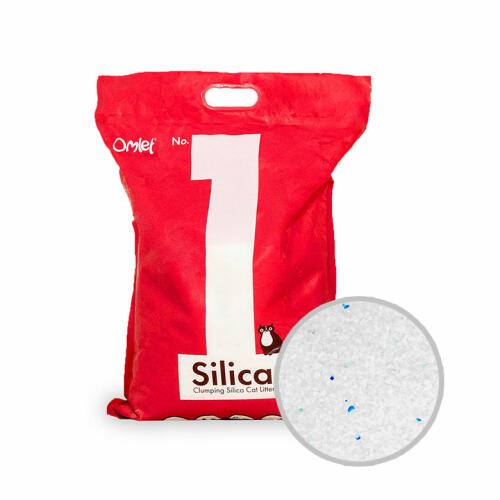
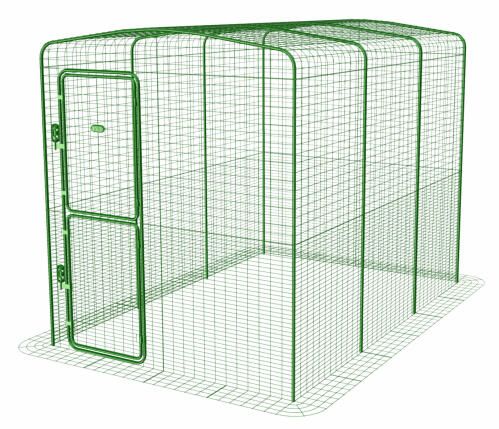
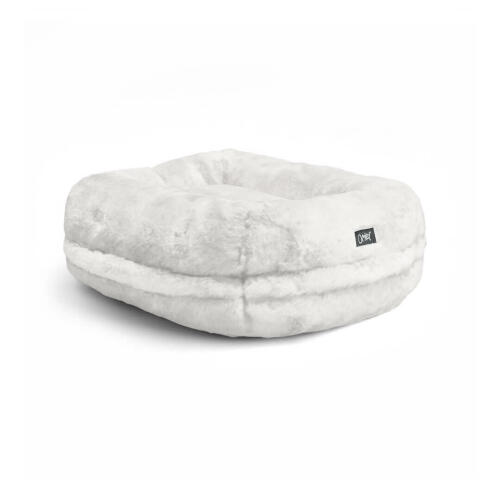


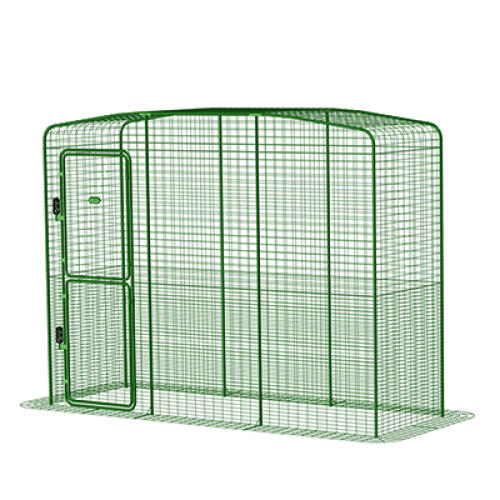
Comments
Fred, 23 September 2019
Your site is very good but I didn't fin any reference to my catz problem. She has flakey paw pads I;ve been using vaselene to-date but the problem persists Can you identify the cause and solution. Thank you Fred Williams